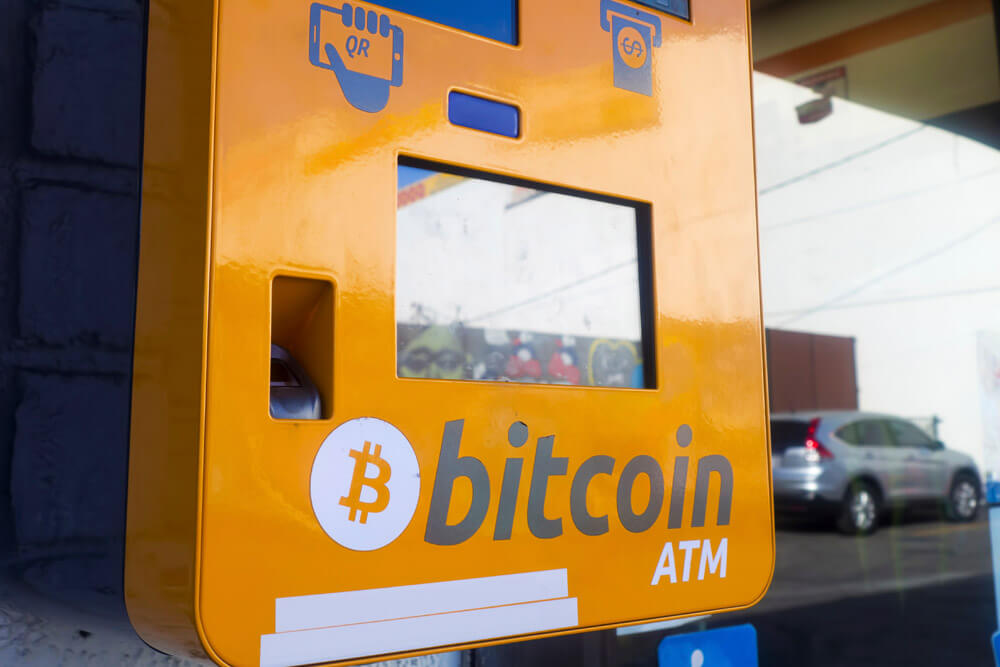Several countries in Europe have sought to instill stricter legislation when it comes to cryptocurrency and digital assets, but now, a vast loophole has been exposed in the European Union’s regulatory protocols.
Cryptocurrency Is Subject to Different Rules in Different Forms
The issue was noticed after Spanish police attempted to arrest and prosecute a gang of thieves that used bitcoin ATMs to front “illegal drug payments.” At the time off writing, however, rules that are often associated with cryptocurrency exchanges and similar platforms do not apply to said ATMs.
In other words, if you conduct a transaction through a cryptocurrency exchange, you are responsible for that transaction. You are the person in charge, and you will be held accountable should anything suspicious occur.
ATMs are a completely different scenario. Once the money is moved or withdrawn from the machine, the relationship between it and the financial client comes to an end. The person remains anonymous, and the machine does not gather or withhold any personal information. ATMs are not subjected to the same rules as crypto exchanges despite being money processing platforms.
At press time, approximately 89 cryptocurrency ATMs decorate Spain’s streets. This is big considering there are only around 5,400 total crypto-based ATMs spread throughout the globe. Thus, Spain has a fair amount, and the idea that these kinds of crimes can occur again throughout the country’s borders and that culprits could face minimal punishment is rather frightening.
Luckily, there’s a second element that led to the arrest of nearly one dozen Latin Americans who were using the machines for drug trafficking purposes in Colombia and other Latin countries. That element is cash deposits, which authorities say the criminals did multiple times through the machines.
According to police, the culprits hired two crypto ATMs and installed them in an office in Spain’s capital of Madrid. These machines were set up under the guise of sending and receiving remittance payments from workers abroad who were trying to send cash home to their families. However, the gang was ultimately moving money between bank accounts and filling the machines with bitcoin and other assorted assets.
How Can This Be Proven?
Those associated with the gang were eventually caught in that they had used phony identities which were later tied to the QR codes they had received following transactions through the machines. These codes allowed the gang members to claim money from linked crypto trading platforms, which was later sent to the traffickers they worked for. The information was ultimately gathered from these exchanges.
The real trouble comes now that the case is over. Thanks to the loophole in the EU’s regulatory policies, the police will have to prove that the transactions did, indeed, come through the ATMs they’ve seized. This may be difficult to do considering the anonymity that comes through using a bitcoin or crypto ATM.
